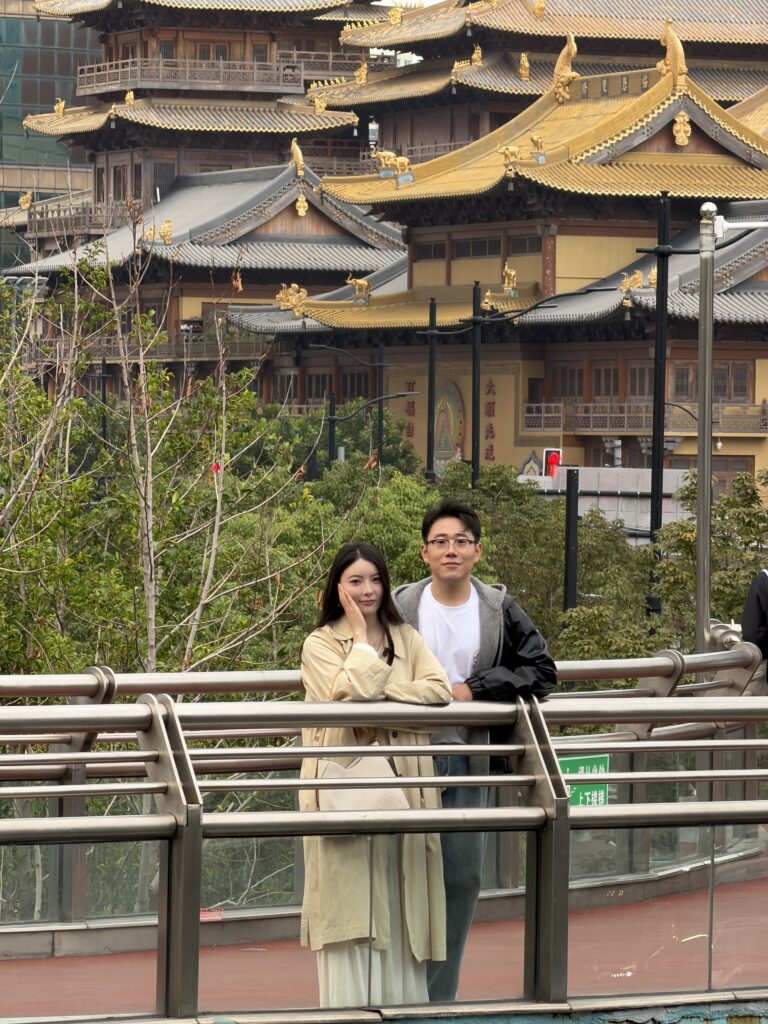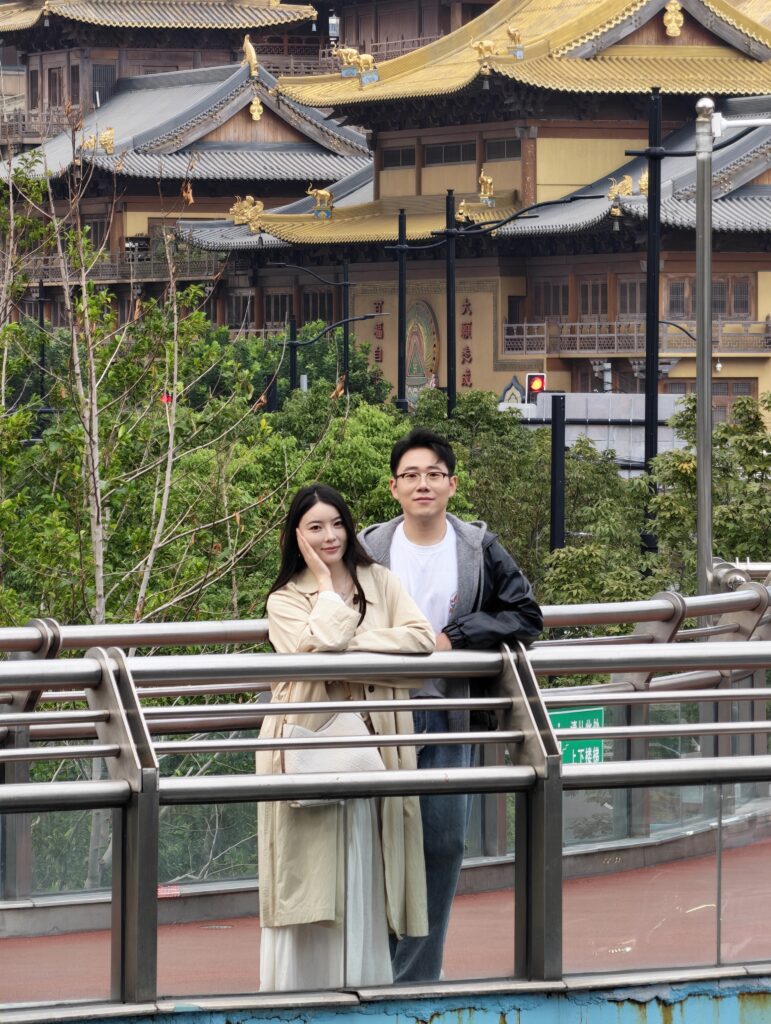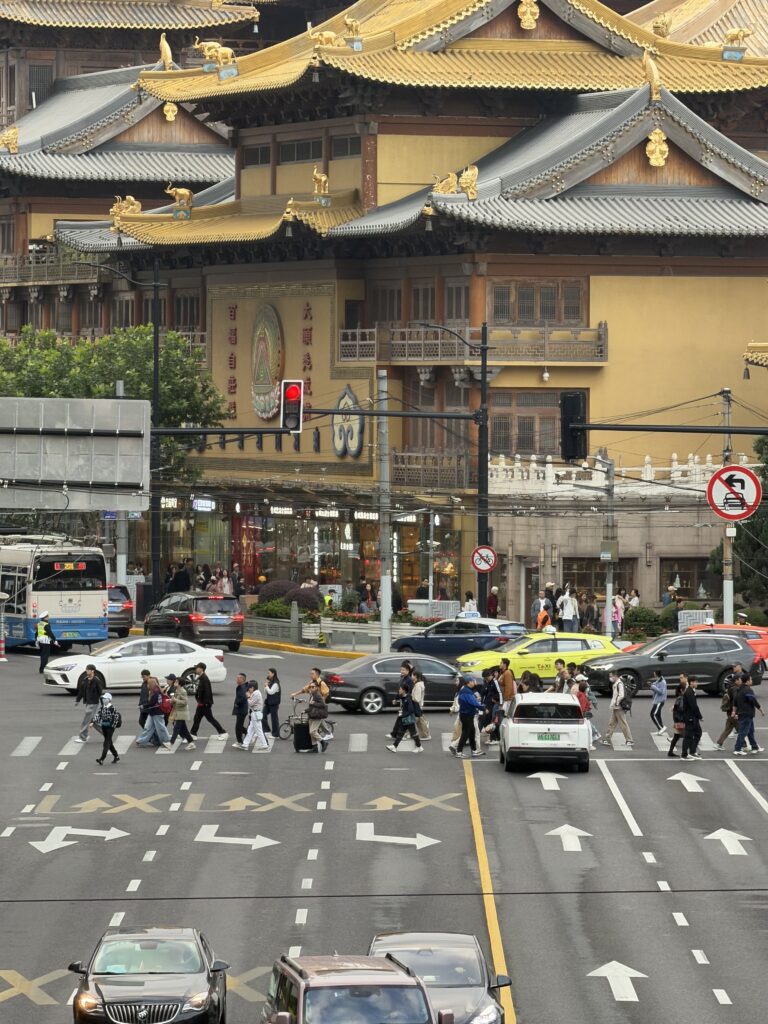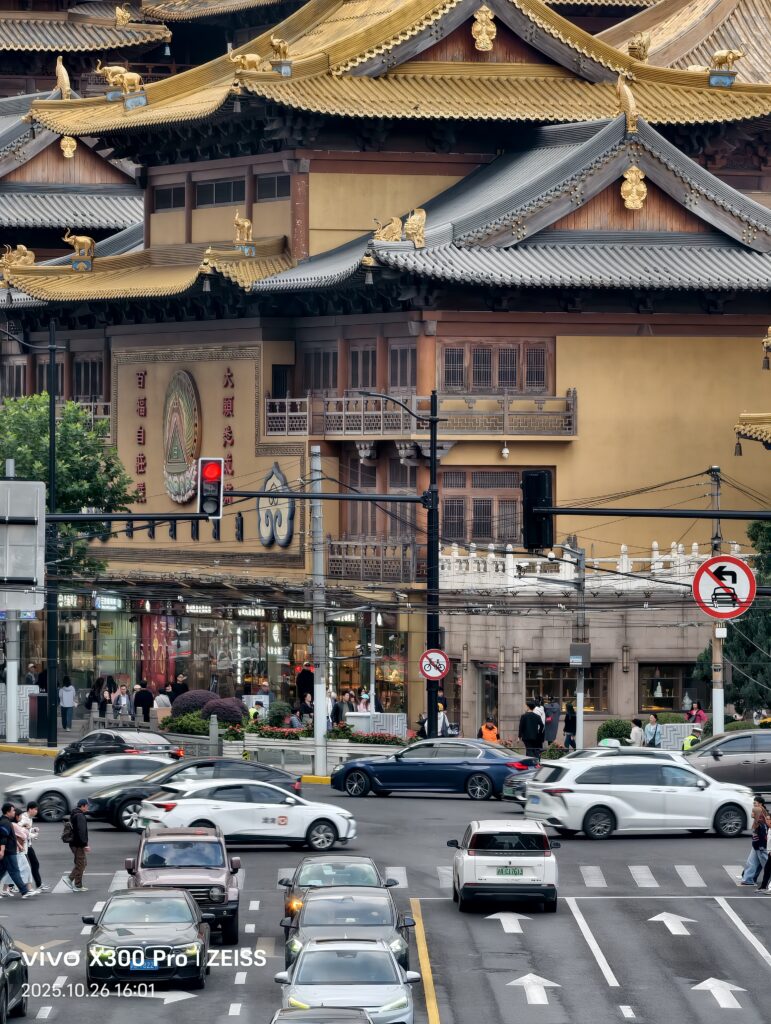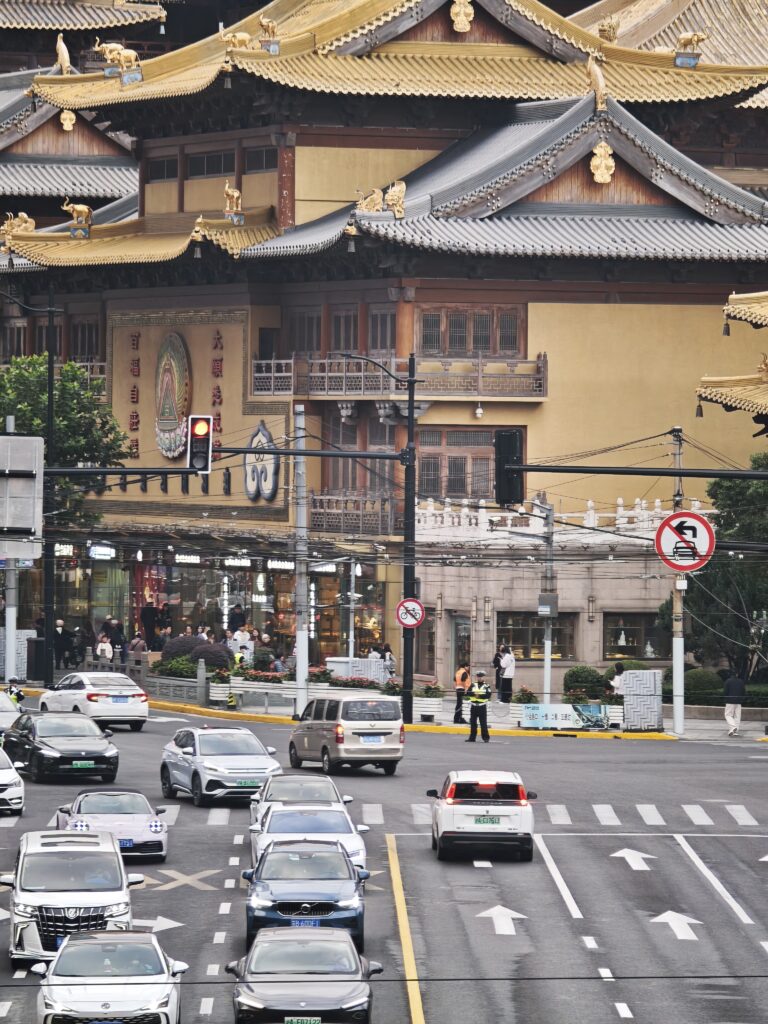Our series on the latest Chinese flagship smartphones continues. After our first episode focused on daytime portraits and backlit scenarios, and a second episode where we explored night and low-light capabilities, we now turn our attention to long-range zoom performance to see how these devices hold up when pushed to their limits.
Modern smartphones are increasingly capable of reaching exceptionally long focal lengths thanks to high-resolution sensors, hybrid optical systems, and advanced computational photography. However, as zoom ratios increase, software processing plays an even greater role, influencing how details, fine textures, and overall scene rendering are reproduced.
In this comparison, we examined long range telephoto performance across five top-tier devices: Apple iPhone 17 Pro, Honor Magic 8 Pro, OPPO Find X9 Pro, vivo X300 Pro, and Xiaomi 17 Pro Max. Our intention was to observe how each phone behaves when pushed toward the upper limits of zoom not only on static landscapes, but also on zoomed-in portraits where facial rendering becomes more challenging.
Portrait Performance
Portraits under long-range zoom further amplified stylistic differences between devices. The iPhone 17 Pro rendered subjects slightly darker and warmer, producing a natural yet more subdued interpretation. The OPPO Find X9 Pro leaned toward a softer result with moderate detail, while Honor Magic 8 Pro produced bright, crisp faces with subtle signs of motion blur.
The Xiaomi 17 Pro Max delivered clearly defined facial detail, and vivo X300 Pro produced one of the brightest and sharpest portrayals overall. When viewed closely, vivo, Honor, and Xiaomi all displayed slight sharpening behavior that became noticeable on fine details, but in full-frame viewing, each device presented a balanced and visually pleasing portrait representation. These variations reflect each brand’s priority between natural rendering and enhanced clarity when operating at extreme zoom levels.
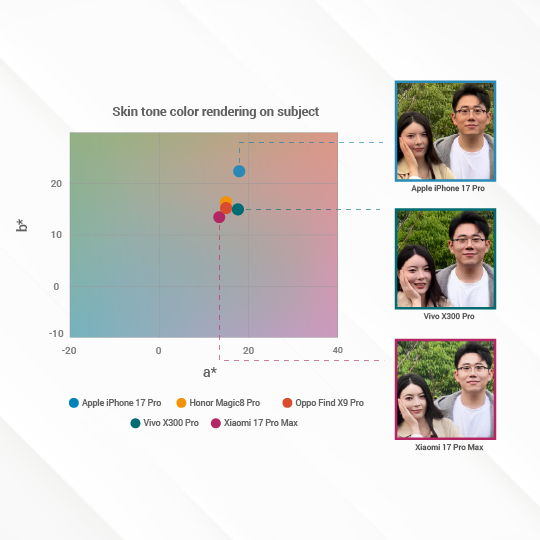

Cityscape Performance
At extremely long zoom distances, all five smartphones captured usable and visually appealing landscape results, yet their processing styles showed clear differentiation. The iPhone 17 Pro delivered a natural overall rendering with a restrained approach to sharpening, while the OPPO Find X9 Pro maintained stable detail even at a slightly lower zoom level, though minor flare reduced contrast in certain situations.
The Honor Magic 8 Pro produced clean images but relied on heavier detail processing, resulting in occasional unnatural nuances when examined closely. Similarly, vivo X300 Pro delivered strong detail and brightness, though its processing introduced more noticeable artifacts in fine textures.
The Xiaomi 17 Pro Max followed a similar path, producing generally pleasant full-frame results, yet slight motion blur reduced clarity and contrast under deep magnification. Despite these variations, all devices performed competently, with differences becoming most apparent during zoom-in evaluation.
Conclusion
All five flagships demonstrated convincing capability at long zoom ranges, confirming how far mobile telephoto systems have evolved. The iPhone prioritizes a restrained and natural style, while OPPO focuses on stability and balance even with a slightly shorter zoom factor. Honor offers sharp and clean results, though sometimes with visible processing at close inspection, whereas vivo pushes clarity and brightness further for a crisp, high-impact rendering. Xiaomi sits closely beside vivo and Honor with a similarly detailed output, though fine-detail softness may appear in movement-heavy scenes.
In the end, each manufacturer approaches high-zoom photography with its own vision from natural rendering to clarity-driven enhancement allowing different user preferences to align with different devices.


